What is Microlearning?

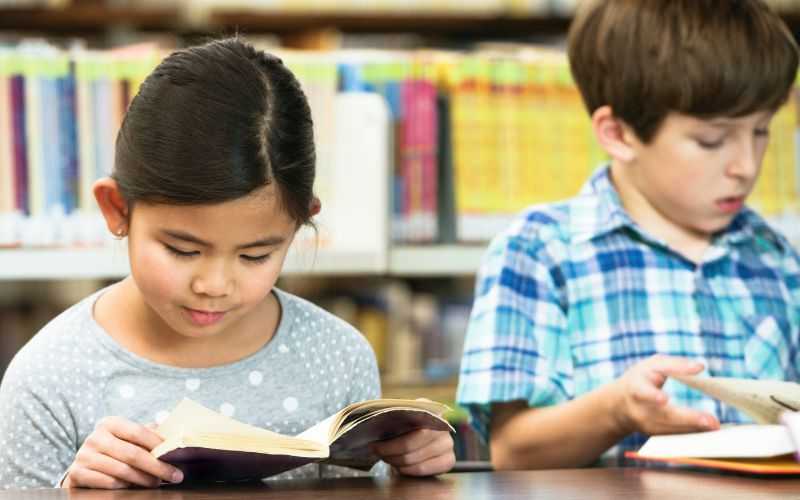
As education continues to evolve, there are more learning strategies now than ever before. Learning can look different for everyone, so it’s important to utilize the learning strategies that work best for your child!
Increasingly, there is an expectation that education needs to be more individualized to be most effective. However, this brings its own challenges and is especially hard to achieve in a traditional school class. One positive outcome of this evolution in mentality is the emergence of new learning strategies; the latest of these being “microlearning”.
What is microlearning?
Microlearning is an emerging learning strategy that emphasizes the importance of learning a specific topic in short bursts of time to enhance retention levels, while still including all necessary details of the subject matter. It’s also referred to as nano learning, bite-sized learning, or micro training, due to its very engaging and easily digestible structure, which allows children to achieve very specific learning objectives.
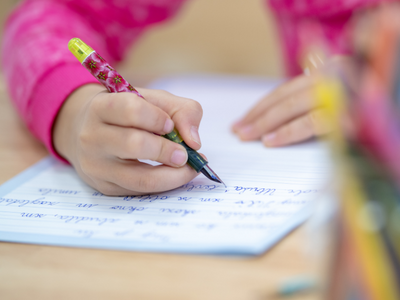
Microlearning often goes hand-in-hand with mobile learning, and the increased access to technology in education. Mobile learning strategies include strategies like gamified learning. Because microlearning strategies break information down into short bursts (between 2-5 minutes), mobile learning is an effective way to implement these bursts through devices that society at large relies on.
Research has shown that microlearning is most effective when not too many subjects are introduced to the learner at once. Additionally, spaced exposure–the process of spreading study sessions out over longer periods of time–can be useful alongside microlearning techniques. Spaced exposure, or the spacing effect, is effective because when you actively try to recall information that you’ve been learning across many sessions (as opposed to one session), it’s easier to recall. Microlearning can work well with spaced exposure since the information is presented in short bursts. This way, microlearning can be done in multiple sessions in order to implement the spacing effect.
Another important consideration in microlearning is to ensure that learners are not exposed to too many different topics at once. Microlearning is most effective when learners aren’t overwhelmed with too much information on many new topics because it’s hard to store so much information in our short-term memory. With less information stored in our short-term memory, we have a better ability to transfer knowledge to our long-term memory, resulting in better retention. Being exposed to too many subjects can be overwhelming and distracting.
Benefits of Microlearning
There have been numerous studies on the benefits of microlearning. Even though it’s a relatively new phenomenon, it has proven to be effective in a variety of ways.
- Studying in focused, short bursts help us learn more and retain information better. These short bursts that can be implemented in microlearning can be more effective as opposed to sitting through hour-long classes.
- Microlearning reduces cognitive overload for both the teacher and learner. When a child is trying to focus on too many subjects at once, cognitive overload can occur, which can lead to less effective learning.
- Managing students becomes a lot easier. Due to increased levels of focus, managing students becomes a lot easier for teachers, educators, and homeschoolers. Studies have shown that students respond negatively to long study hours, therefore reducing the amount of time spent on a topic can actually work out in everyone’s favor!
- Microlearning reduces stress levels in learners. Where there is too much content to learn or a student has too much to do, they can easily become overwhelmed which will lead to higher stress levels. This will lead to more cortisol, a stress hormone, being released in your brain. Having high levels of cortisol can negatively impact processing speed, social cognition, and memory. These skills are all crucial in the learning process.
- If implemented correctly, microlearning can be even more engaging than other learning methods. This is because it doesn’t require children to put in as much time to learn the material, making it easier for them to stay focused. When paired with engaging visual stimuli and memorable wording, it can also help learners have a better recall of the material that was covered.

Challenges of Microlearning
Although there are many benefits to microlearning backed by research, every learning method comes with its own challenges.
- Microlearning is great for understanding basic concepts and material, but some topics require more time investment. In the case of more complex material that requires more time, microlearning will not be as useful as a learning strategy.
- It can’t completely replace all learning methods. Microlearning isn’t a standalone learning method, meaning it can’t be the only tool used to teach children all the material they need to learn.
- Microlearning, to be effective, must have specific learning objectives during microlearning sessions. Without proper preparation and implementation, microlearning will not be as valuable as it has the potential to be.
These challenges are important to keep in mind when considering microlearning as a learning strategy you may choose to implement with your child.
Ways to Implement Microlearning
If you’ve read this far and want to introduce microlearning to your student(s), we have some tips on how to do so! Microlearning can take many different forms and can be implemented in many different ways. Here are our top tips on how to implement microlearning into your schooling routine:
1. Short instructional videos
Short instructional videos, that are less than 5 minutes long, are one way you can implement microlearning. Microlearning still touches on the main points of a subject and includes the necessary information the student needs to understand. As long as you can find videos that include any information your student will need to understand the concept, you can use them in your microlearning lessons. Videos are helpful because of their audio and visual components. These different stimuli paired with the shorter length of the video can ensure focus and retention, which are important for microlearning strategies.
2. Flashcards or short texts
Although brute memorization can be tricky for some, it works well for others. Using flashcards or short texts for learners that prefer these methods in typical learning situations can translate well into microlearning lessons. Additionally, it’s much easier to understand information that is presented in a concise way, such as through flashcards or short text. Otherwise, the material can feel too overwhelming or complex, even when it isn’t. Using methods like flashcards to simplify content can be very useful in microlearning.
3. Through gamified learning programs
Gamified learning programs can be used to implement microlearning. They are extremely interactive and engaging for children, so they can fit well into microlearning programs. For example, Night Zookeeper is suited for a variety of learning strategies, but can also be used to practice microlearning methods. Our recommended use time of our program is at least 30 minutes per week to ensure your student gets the most out of the learning experience they possibly can. However, this can easily be broken down into smaller bursts of learning, with 3-5 minutes focused on one activity at a time. This short burst of time could be well-suited for one of our word games, a quick writing exercise, or watching one of our short video lessons. We’ve seen how effective and fun our program can be for a wide variety of learners, and we know it can be the same for learners using microlearning!
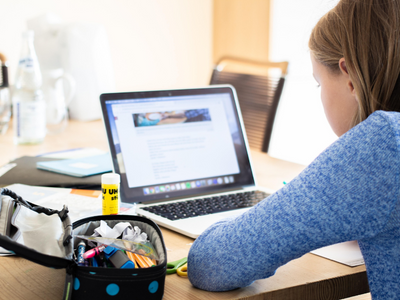
4. Visual aids and images
Some students learn best with visual aids and images, which can be implemented in the short bursts of information that microlearning lessons involve. Visual aids can make information easier to remember and recall. If a student is able to visualize something that was paired with the new information they learned, it can help them to store this new information and recall it later. Visual aids can also be used for content that requires some type of chart, diagram, or graph as well. Visual learning can be extremely helpful in microlearning.
5. Interactive quiz games
Finally, interactive quiz games, digital or not, can be extremely useful in the microlearning process. Testing your student’s knowledge after presenting it can be helpful in knowing what they do and do not understand. This way, within the microlearning lesson, you are able to quickly and effectively explain what is unclear. Alternatively, using digital quiz games to learn new concepts can be helpful in the microlearning space as well. On Night Zookeeper, students have a variety of quiz-like games to choose from to improve their writing, reading, and grammar skills!

Microlearning's short, repetitive nature allows your child to retain new information and progress in their studies. As educational practices are constantly evolving, at Night Zookeeper, we have a variety of different learning approaches in our program to cater to your child.
We have terrific activities on Night Zookeeper that are great for microlearning! By exploring our word games, for example, children will learn new words in a fun, engaging, and simple way that will change their relationship with reading and writing. Night Zookeeper is a homeschool writing program that can be quickly added to your child’s education plan!
If you have any questions, please feel free to email us at [email protected], or reach out to us on social media:
To read more about microlearning, please refer to our sources below:

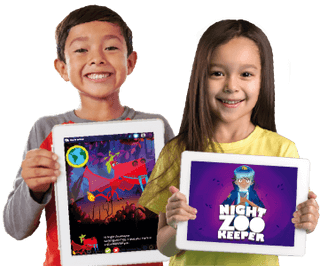
Make Reading & Writing Fantastically Fun!
- Award-winning reading & writing program for kids
- Improves spelling, grammar, punctuation & vocabulary
- Over 1,000 different learning games and activities
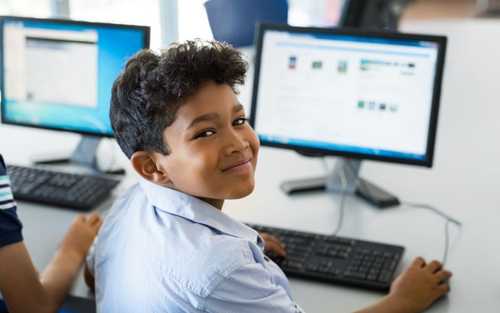

What is Hybrid Learning?
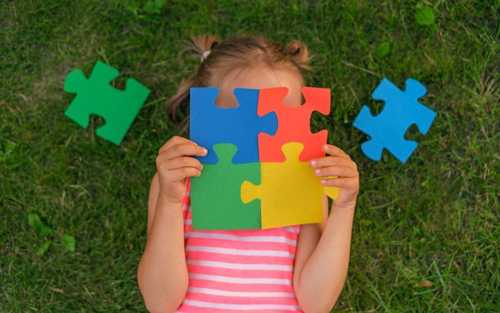

What Is Gamified Learning?


